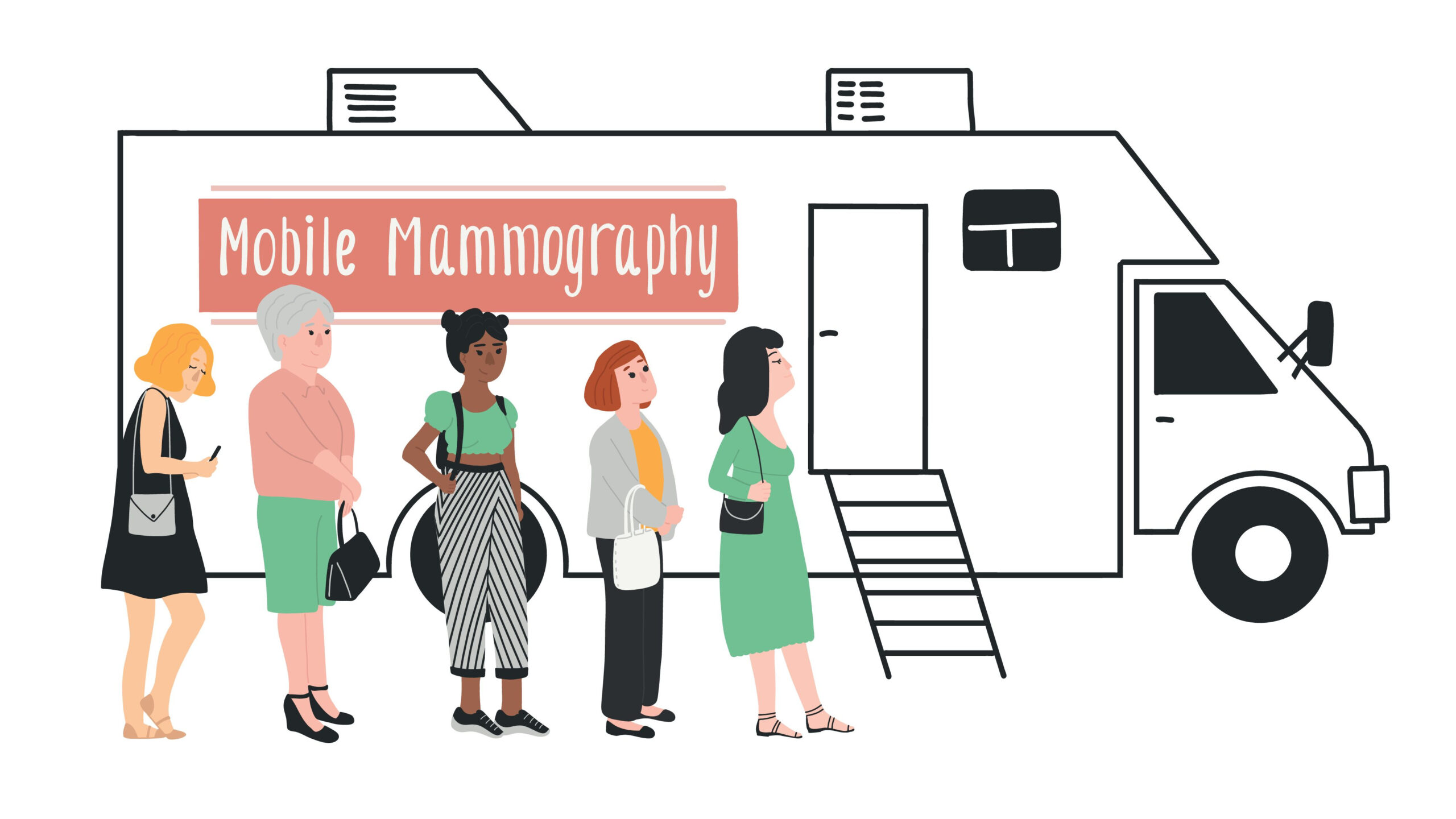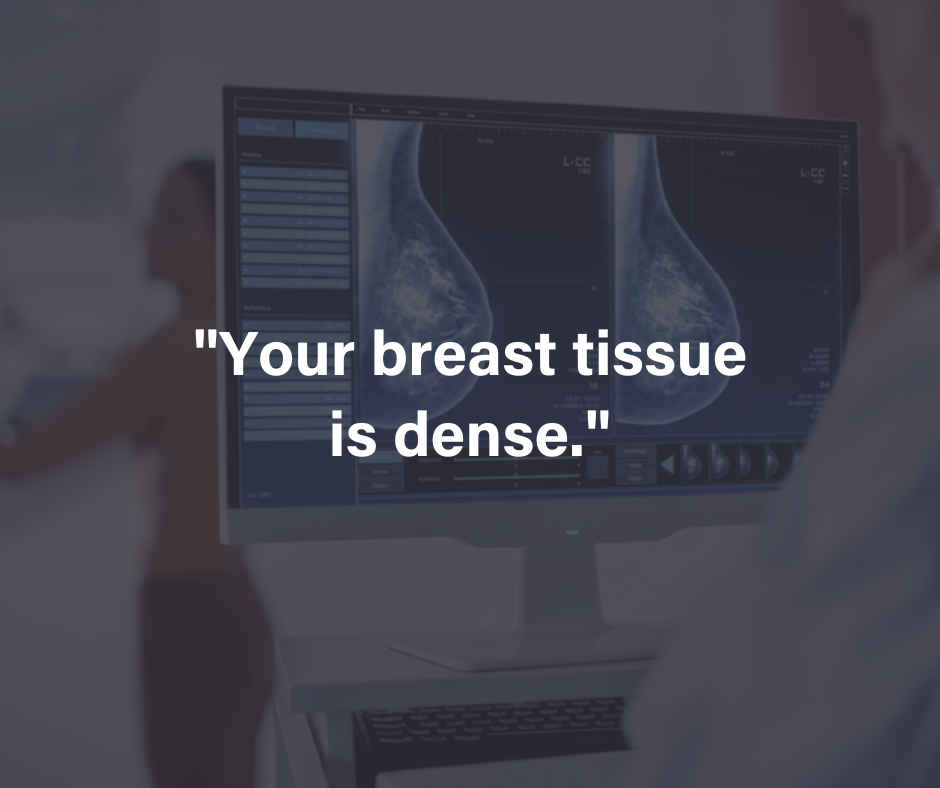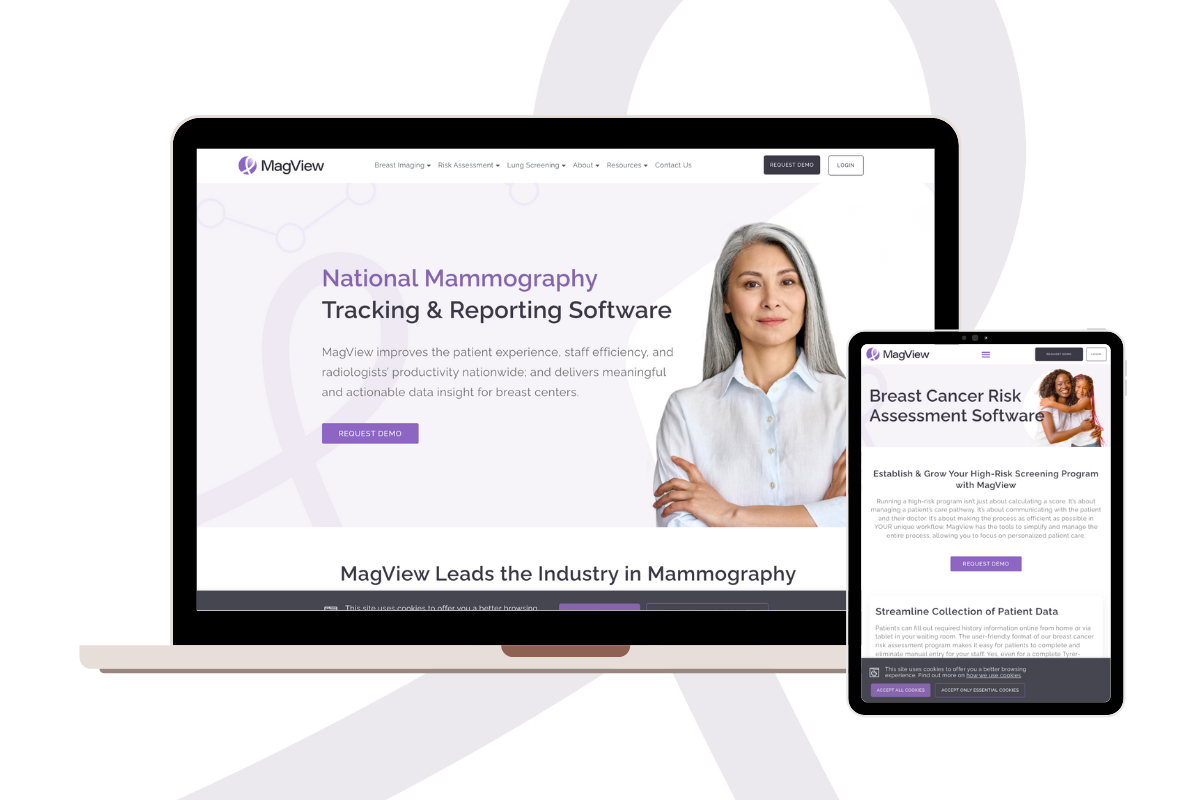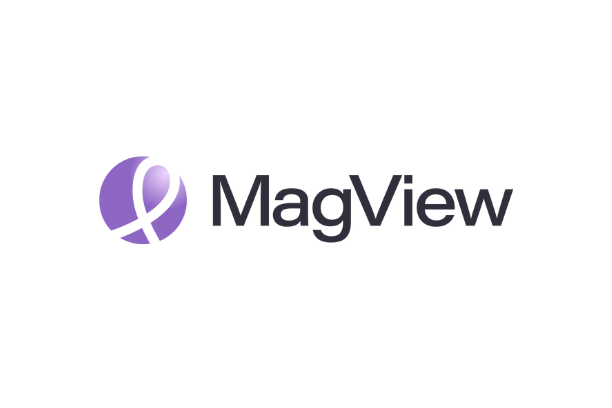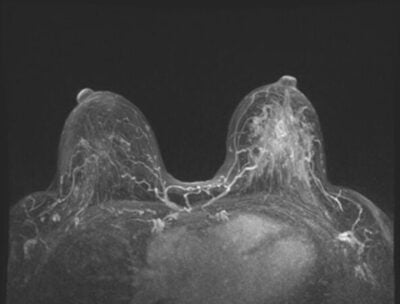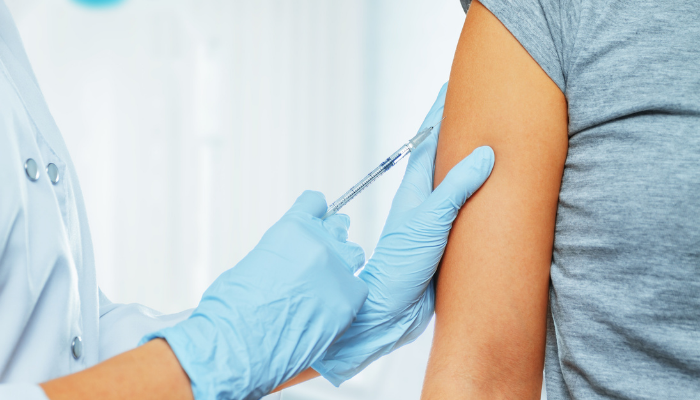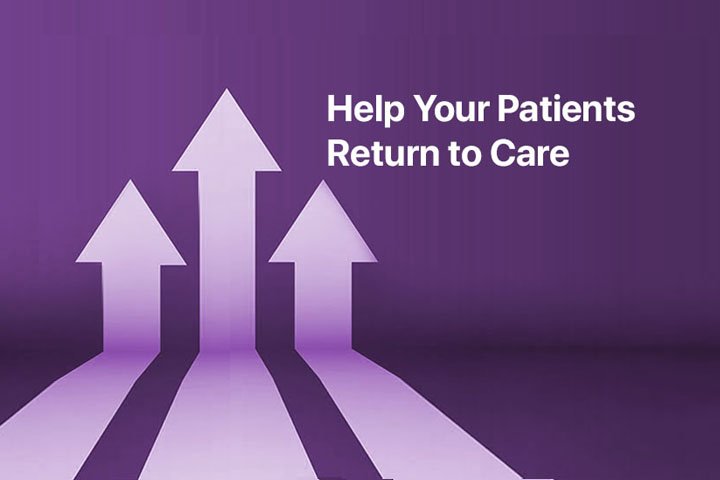Breast cancer risk assessment is the new standard of care in women’s health — and effective breast cancer risk assessment tools makes it possible to offer more than just a number. It allows providers to educate women on what that risk means and how it impacts their personal screening plan moving forward.
Recognizing the importance of early detection and personalized care
Risk Assessment ToolsHow Breast Cancer Risk Models Are Changing the Landscape for Young Women
According to a recently released report from the American Cancer Society (ACS), the rate of breast cancer among young women is rising. In Cancer Facts & Figures 2025, ACS says there is a concerning trend of increased breast cancer incidence — especially among women under 50. This increase is especially notable among women of color and those with a family history of breast cancer
“Invasive female breast cancer incidence has been increasing since the mid-2000s; from 2012 to 2021, the rate increased by 1% per year overall; 1.4% per year in women younger than 50 years; and by 0.7% in those 50 and older,” the organization says.
ACS notes that this trend is partly attributed to “changing risk factors, such as increased excess body weight, later age at first birth, and decreased number of childbirths.”
Breast cancer risk models use some of these factors to assess a patient’s risk. For instance, the popular Tyrer-Cuzick model analyzes data about a woman’s health and family background to produce a percentage-based score reflecting her breast cancer risk. The model uses a mathematical algorithm to combine multiple inputs, including genetic mutations, breast density, and extended family history.
New Screening Guidelines Call for Earlier Risk Assessment
With breast cancer rates rising among young women, it’s good news that updated breast cancer screening guidelines from the American College of Radiology® (ACR®) recommend that all women have a risk assessment by age 25 to determine whether they should start screening earlier than age 40. The ACR emphasizes that earlier screening is especially important for Black women and women of Ashkenazi Jewish heritage.
“The latest scientific evidence continues to point to earlier assessment as well as augmented and earlier-than-age-40 screening of many women — particularly Black women and other minority women,” says Debra Monticciolo, MD, FACR, primary author of the new guidelines and division chief, Breast Imaging, Massachusetts General Hospital, Boston. “These evidence-based updates should spur more-informed doctor-patient conversations and help providers save more lives.”
In Why OBGYNs Need Breast Cancer Risk Tools to Identify High-Risk Patients, we discuss why breast cancer risk assessment tools are increasingly vital for Obstetrics and Gynecology (OB-GYN) settings based on the recommendation for earlier risk assessment.
Why Luminary Risk is Crucial for Personalized Patient Education
Individualized patient education is a key part of these conversations, and MagView’s Luminary Risk is one of the most effective breast cancer risk tools to help you provide it. With Luminary Risk, you can seamlessly integrate the Tyrer-Cuzick, NCI, and BRCAPro risk models into your practice, ensuring your patients receive the most accurate and comprehensive risk score.
Scores are translated into a personalized care plan that patients can see, understand, and act on. Care plans include:
- Visual of the patient’s risk level, color-coded based on the score
- Personalized screening recommendations based on ACS and NCCN clinical recommendations and guidelines
- Explanation of risk assessment (not pictured below)
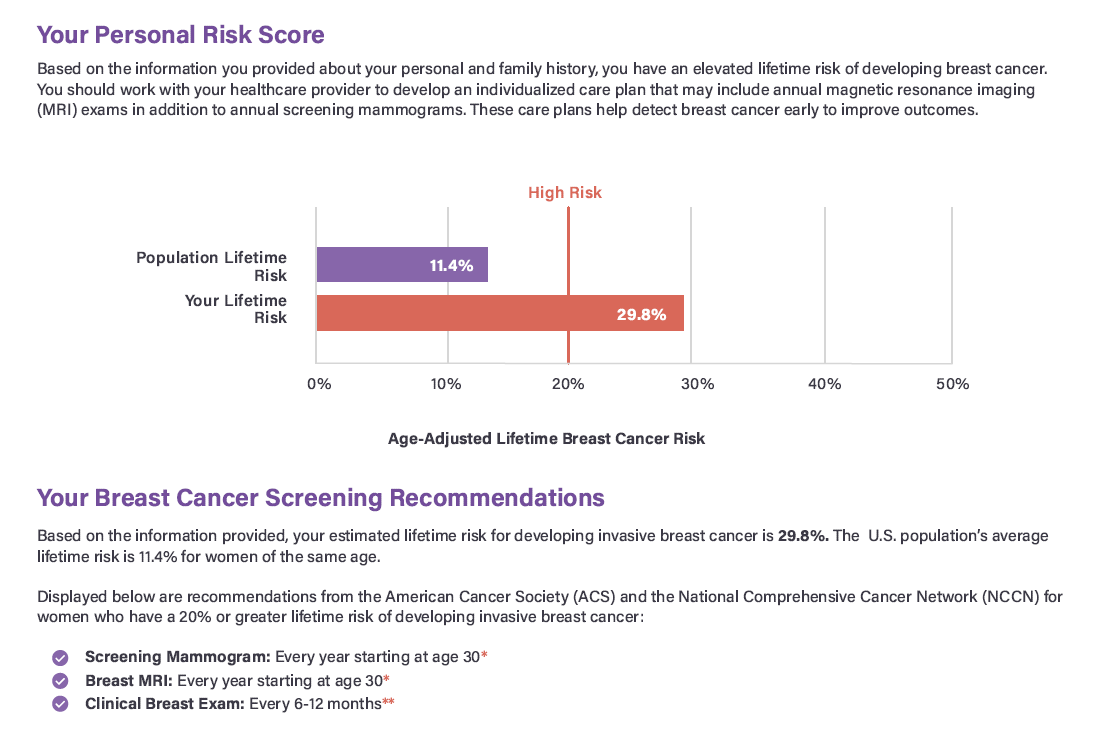
Bringing Clarity to Complex Conversations
For many patients, terms like “high-risk,” “dense breasts,” or “genetic risk” are confusing and even frightening. But when providers can clearly explain what those terms mean — and how they affect screening and prevention — they transform uncertainty into understanding.
Luminary Risk helps providers turn risk data into education. With easy-to-understand visuals and personalized care plans, patients walk away not only knowing their score, but knowing what to do about it.
Patient Education Resources You Can Trust
To support your risk-based care conversations, MagView is proud educational collaborator with DenseBreast-info.org, a leading educational resource for both patients and providers. Their patient library is full of expert-reviewed articles that break down complex topics like breast density, risk, and screening options.
Top Patient Education Resources from DenseBreast-info.org:
-
Dense Breasts: What to Know and What to Do
Explains what breast density is and why it matters for detection and risk. -
Top FAQs on Dense Breasts
Discusses how dense breast tissue can mask cancer and increase risk. -
Screening Tests After a Mammogram
Helps patients understand if they may benefit from ultrasound or MRI.
These resources can help patients feel more informed and empowered during critical decision-making moments.
Helping Every Woman Understand Her Next Step
Today’s approach to breast cancer screening is no longer based on age alone — it’s about personal risk. With tools like Luminary Risk and trusted resources from DenseBreast-info.org, providers can make these conversations easier to have and easier for patients to understand. When women know what their risk means, they feel more confident about what to do next — and that clarity can make all the difference.


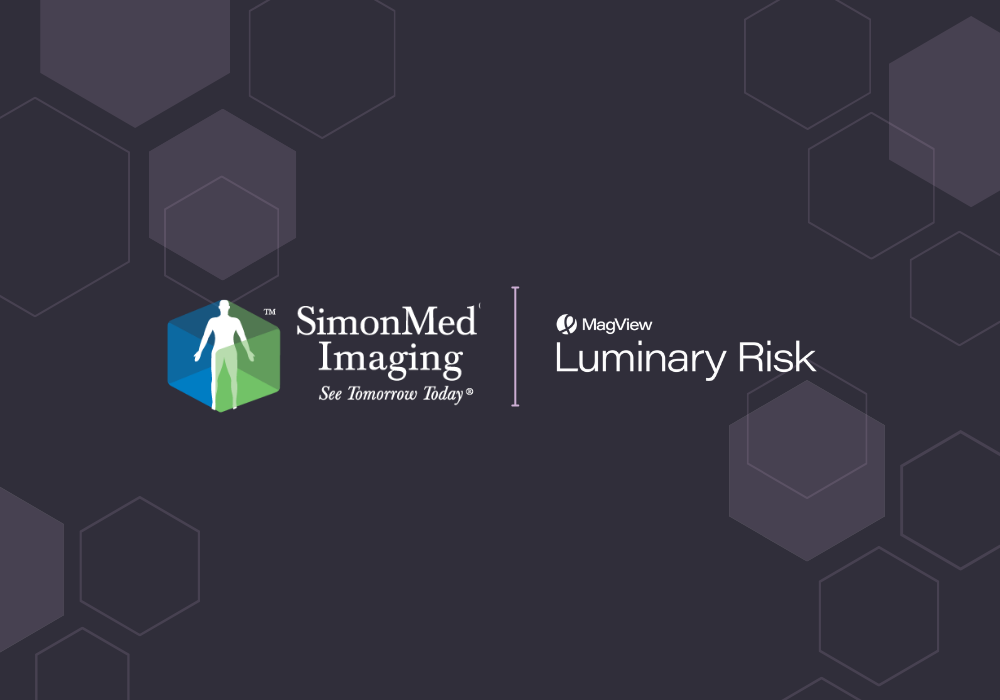
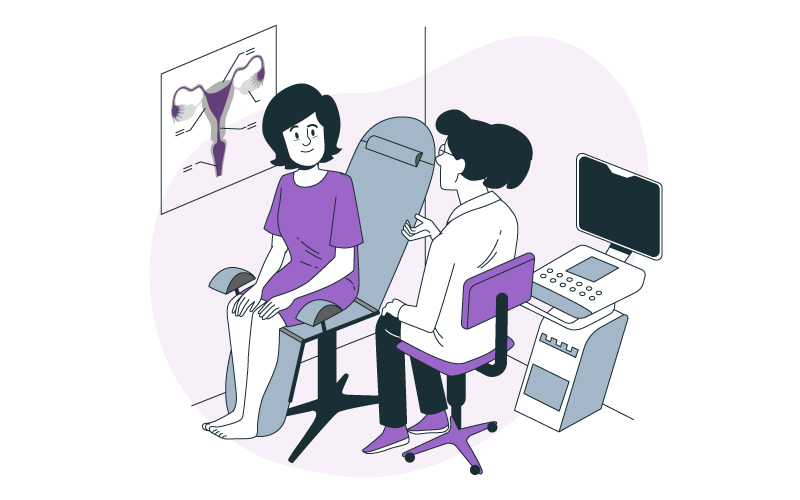




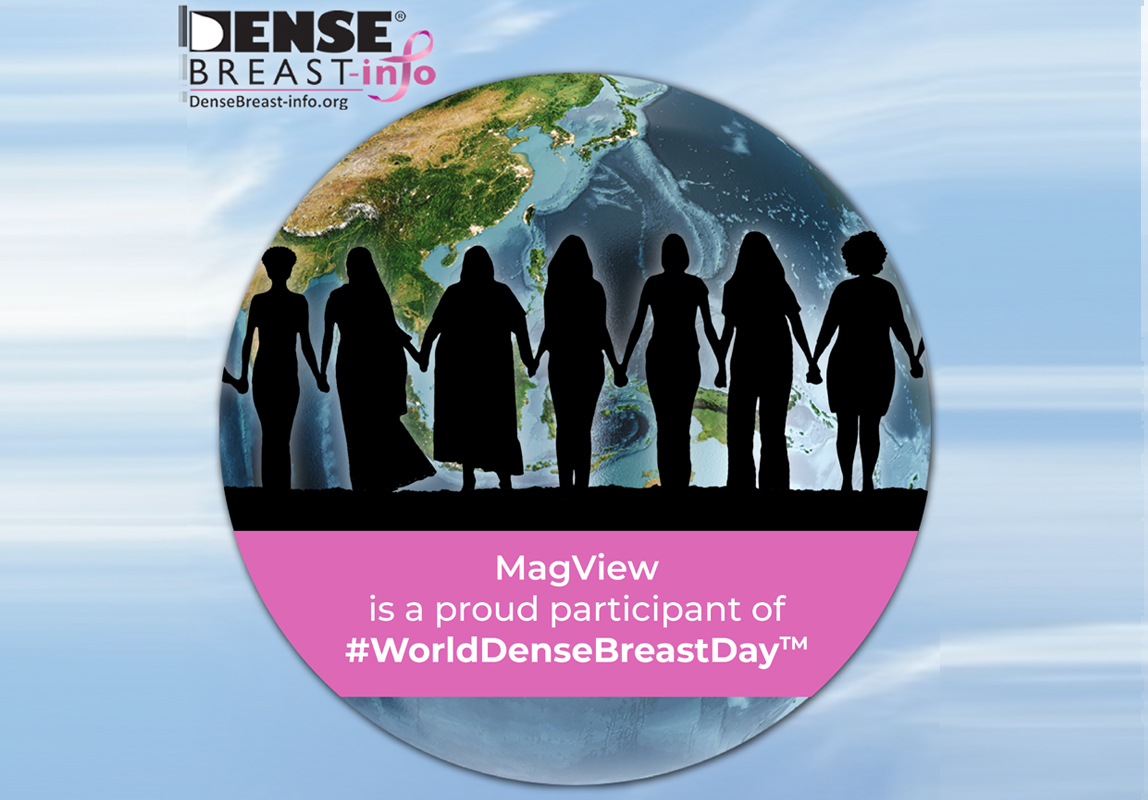
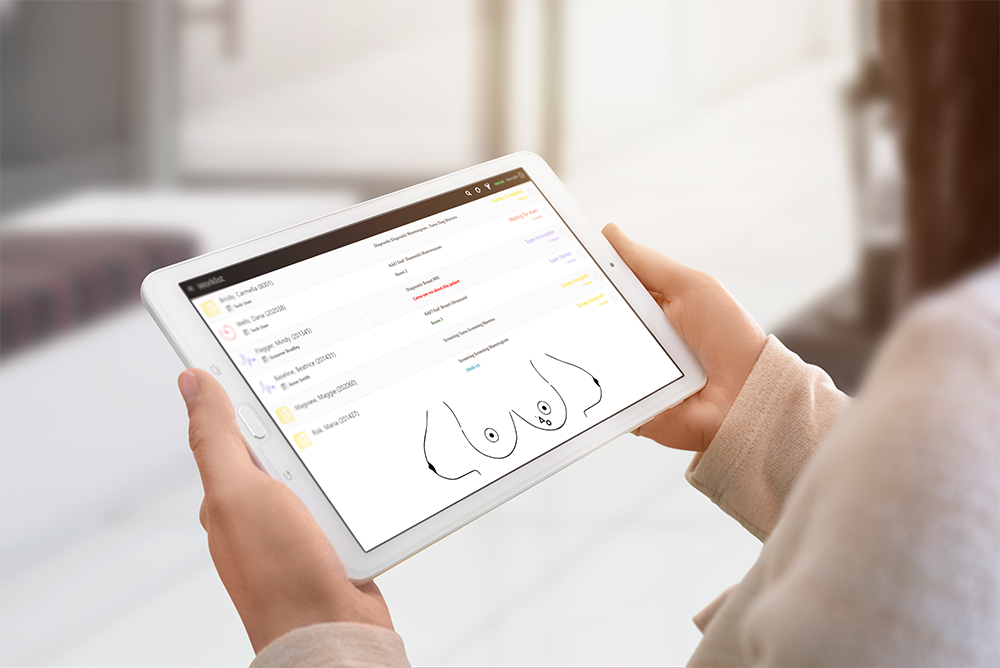

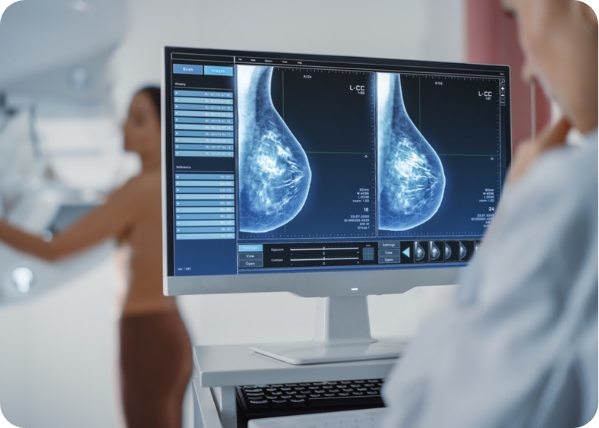

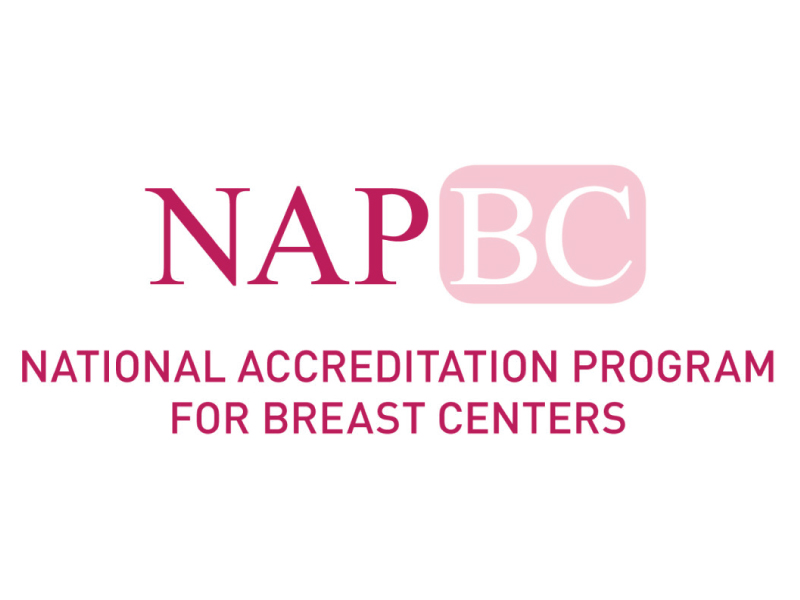
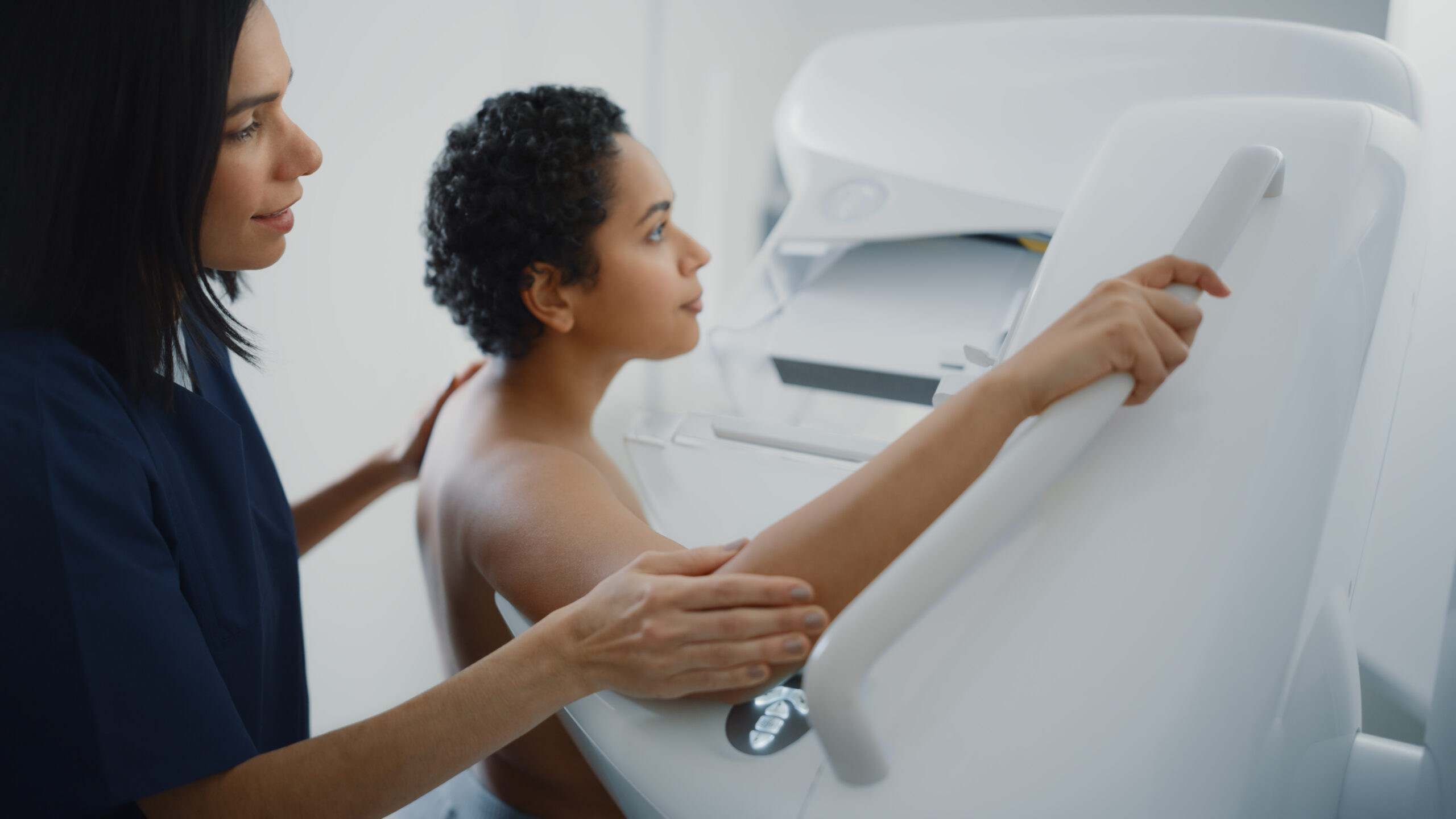
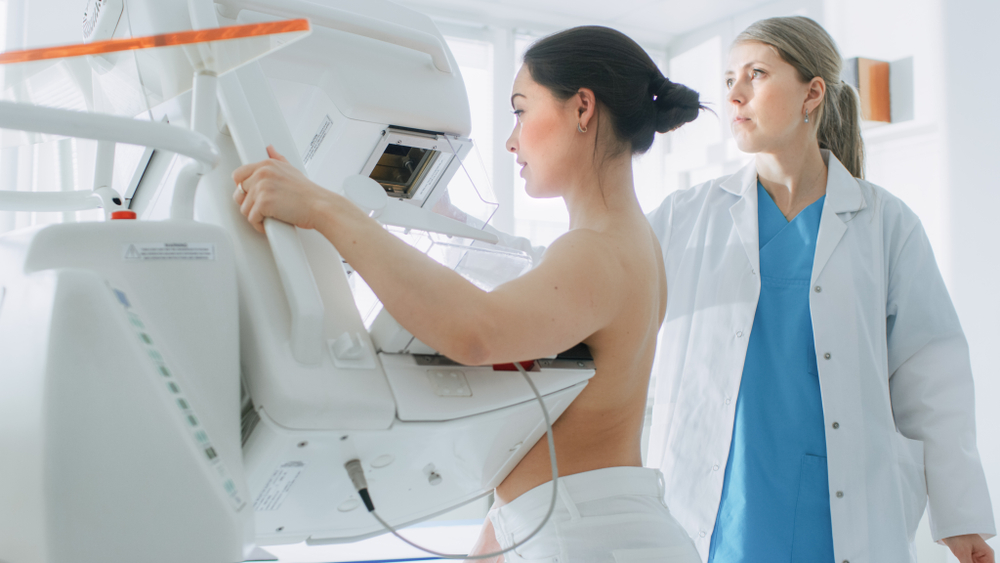
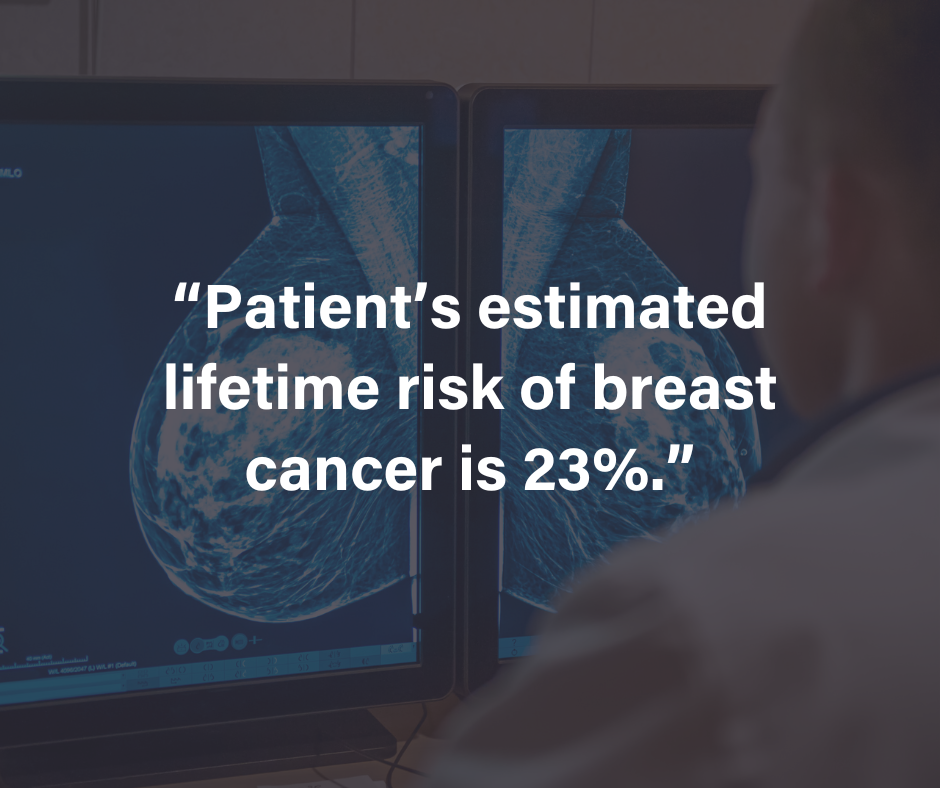
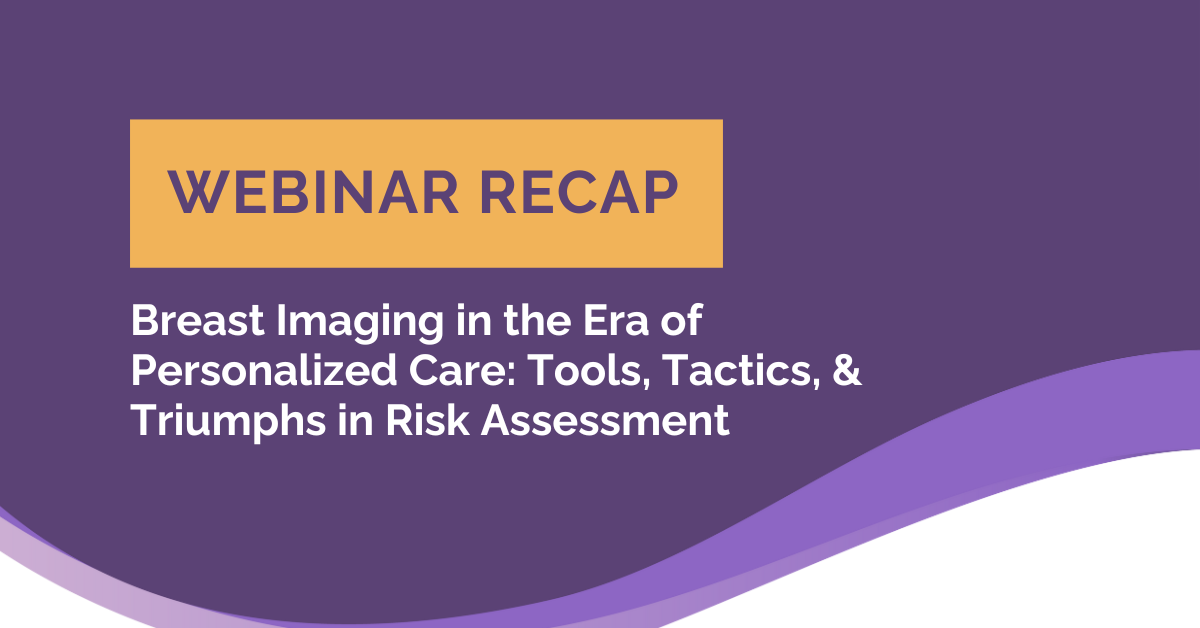
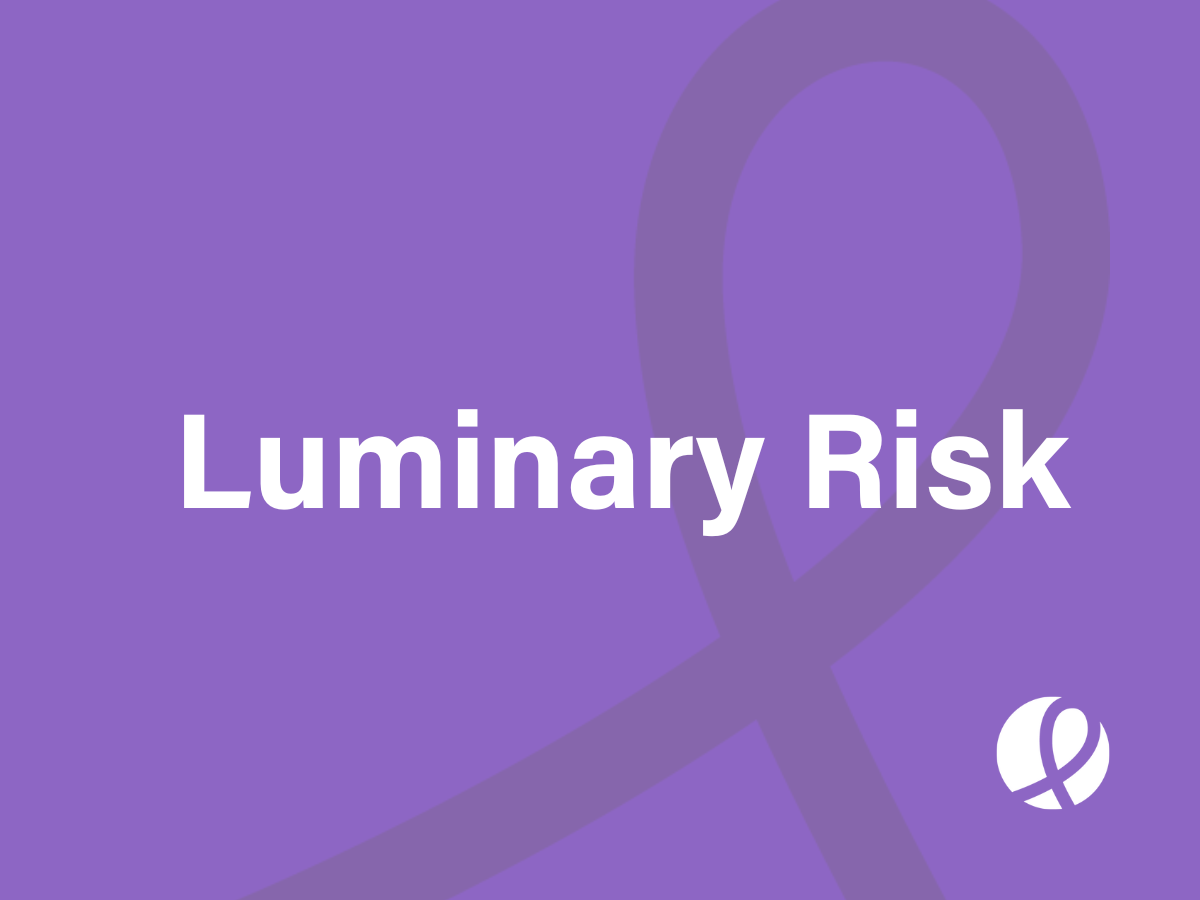

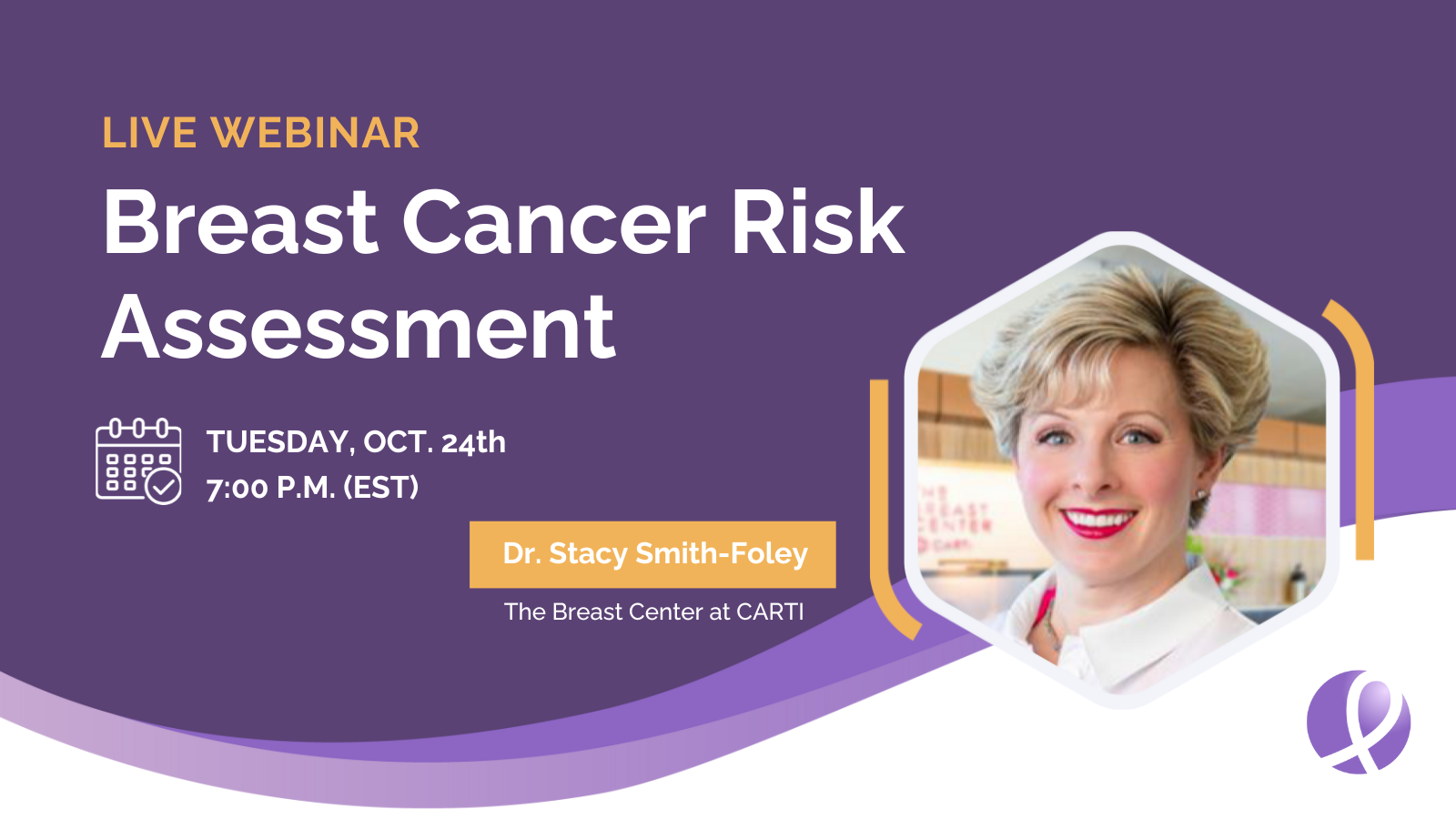



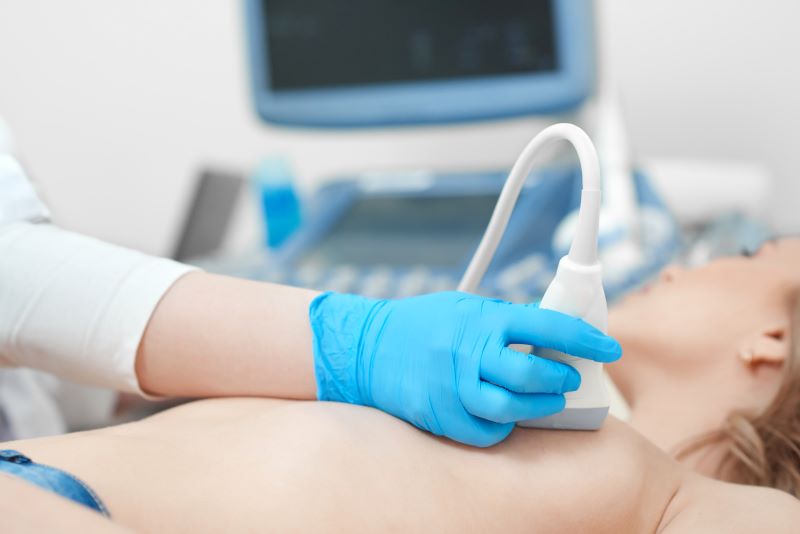
![monitoring breast density shutterstock_1299510538-[Converted]](https://magview.com/wp-content/uploads/2023/05/shutterstock_1299510538-Converted.jpg)
